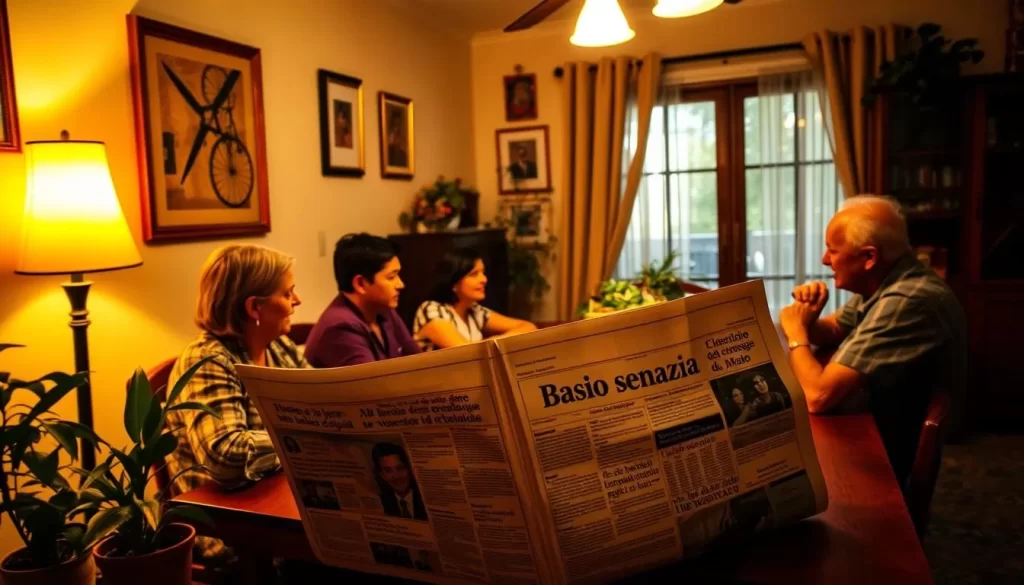✓ Accommodations ✓ Flights ✓ Rental Cars
You’re about to explore the diverse linguistic landscape of Kentucky, a state with a rich cultural tapestry. The language demographics in this region are shaped by various factors, including the predominant language and the growing presence of other languages.
As you delve into this comprehensive guide, you’ll discover that English is the primary language spoken in Kentucky. However, other languages, such as Spanish, German, and Arabic, are also widely spoken, contributing to the state’s cultural diversity.
The data reveals that Spanish is the most widely spoken non-English language, with approximately 2.57% of the population speaking it. You’ll gain insights into the language demographics, including the percentages and population numbers for each major language group.
The Linguistic Landscape of Kentucky
As you explore Kentucky’s language demographics, you’ll notice English is the predominant language. The state’s linguistic profile is shaped by its history and demographic characteristics.
English as the Predominant Language
English remains the dominant language in Kentucky, with the vast majority of residents speaking it at home. This is due in part to the state’s historical development as part of the American frontier and its relatively rural character, which have contributed to maintaining English as the primary language across generations.
Kentucky’s Language Demographics Overview
The data shows that Kentucky has a less diverse linguistic landscape compared to the national average. Approximately 2.57% of the population speaks Spanish at home, versus 13.11% nationally. Other languages are spoken by less than 1% of the population each.

| Language Spoken at Home | Kentucky Percentage | National Percentage |
|---|---|---|
| English | 96% | 82% |
| Spanish | 2.57% | 13.11% |
| Other Languages | <1% | <5% |
This data highlights the diversity and the predominant use of English in Kentucky, reflecting both its historical roots and its evolving population in the 21st century.
Spanish: Kentucky’s Most Widely Spoken Non-English Language
As you explore the linguistic landscape of Kentucky, you’ll discover that Spanish plays a significant role. With a substantial number of residents speaking Spanish, it is considered the most widely spoken non-English language in the state.
Spanish-Speaking Population Statistics
Spanish is spoken by approximately 106,467 people in Kentucky, which accounts for 2.57% of the population. About 44.43% of Spanish speakers in Kentucky report speaking English less than “very well,” compared to 41.56% nationally. You can see the data in the following table:
| Category | Kentucky | National Average |
|---|---|---|
| Spanish Speakers | 106,467 | N/A |
| Percentage of Population | 2.57% | N/A |
| English Proficiency Less Than “Very Well” | 44.43% | 41.56% |
Spanish Language Communities in Kentucky
Spanish-speaking communities are concentrated in urban areas and regions with agricultural employment opportunities. You’ll find notable concentrations in urban centers like Louisville and Lexington, as well as in rural areas. The presence of Spanish language media, businesses, and community organizations As a result, these communities contribute to Kentucky’s cultural landscape while maintaining their linguistic heritage.
As a result, these communities contribute to Kentucky’s cultural landscape while maintaining their linguistic heritage.
Other Prominent Languages in Kentucky
As you explore the linguistic landscape of Kentucky, you’ll discover a multitude of languages that enrich the state’s cultural heritage. Beyond Spanish, several other languages contribute significantly to the state’s language diversity.
German
German has historical roots in Kentucky, dating back to 19th-century immigration. Today, over 13,600 residents speak German at home, making it one of the most common non-English languages in the state.
Arabic
The Arabic-speaking community in Kentucky is growing, with diverse populations from Middle Eastern and North African countries. There are approximately 8,399 Arabic speakers in the state, contributing to its cultural and linguistic diversity.
Chinese Languages
Chinese languages, including Mandarin and Cantonese, are among the fastest-growing language groups in Kentucky, particularly around university communities. With around 7,734 speakers, Chinese languages add to the state’s linguistic richness.
Vietnamese
Vietnamese speakers form tight-knit communities in several Kentucky cities, maintaining their distinctive cultural and linguistic traditions. There are approximately 6,714 Vietnamese speakers in the state.
Serbo-Croatian
The presence of Serbo-Croatian speakers reflects immigration from the Balkans in recent decades, adding another layer to Kentucky’s linguistic landscape. With around 4,760 speakers, Serbo-Croatian is another significant language in the state.
These language communities have different patterns of English proficiency, settlement, and cultural integration, shaping their experience in Kentucky. You’ll see how these diverse language groups contribute to Kentucky’s evolving cultural identity while maintaining connections to their heritage.
Kentucky, United States: Official and widely spoken languages Compared to National Averages
Kentucky’s language profile offers an interesting contrast to the broader linguistic diversity seen across the United States. While the country as a whole is becoming increasingly multilingual, Kentucky remains relatively homogeneous in its language use.

How Kentucky’s Language Diversity Compares Nationally
Kentucky has significantly less linguistic diversity than the national average. For instance, while 13.11% of Americans speak Spanish at home, only 2.57% of Kentuckians do. This disparity is reflective of Kentucky’s demographic and geographic characteristics, which differ from more diverse states like California or New York.
- The state’s rural character and interior location have historically attracted fewer international immigrants.
- Kentucky ranks among states with higher percentages of English-only speakers, similar to neighboring states like West Virginia and Tennessee.
Unique Aspects of Kentucky’s Language Distribution
Despite lower overall linguistic diversity, certain communities and urban areas in Kentucky show patterns of language diversity that mirror national trends on a smaller scale. Understanding these comparative statistics helps contextualize Kentucky’s approach to language services and policies. The state’s language profile reflects broader regional patterns in the American South and Appalachia.
By examining these trends, you can gain a deeper understanding of how Kentucky’s linguistic landscape compares to national patterns, and how its unique characteristics shape its language distribution.
English Proficiency Among Non-Native Speakers
As Kentucky’s linguistic diversity continues to grow, examining English proficiency rates among non-native speakers becomes increasingly important. You will find that the level of English proficiency varies significantly among different language groups, impacting their integration into the community and access to essential services.
English Proficiency Rates by Language Group
English proficiency rates vary significantly among language groups in Kentucky. The data shows that Chinese speakers have the highest rate of limited English proficiency at 54.94%, followed by Japanese (54.35%), Vietnamese (52.70%), and Nepali/Marathi speakers (50.02%). Spanish speakers show a 44.43% rate of limited English proficiency. These statistics highlight the need for targeted language access services.
| Language Group | Limited English Proficiency Rate (%) |
|---|---|
| Chinese | 54.94 |
| Japanese | 54.35 |
| Vietnamese | 52.70 |
| Nepali/Marathi | 50.02 |
| Spanish | 44.43 |
Language Access Services in Kentucky
Kentucky’s educational institutions, healthcare systems, and government agencies are responding to the needs of people with limited English proficiency by implementing various language access services. These services include interpretation and translation services, designed to ensure that all residents have equal access to information and services. You can see how these efforts are crucial in addressing the challenges posed by the varying levels of English proficiency among non-native speakers in the state.

Conclusion: The Evolving Linguistic Identity of Kentucky
The Bluegrass State’s linguistic identity is evolving, shaped by its growing diverse population. As you’ve seen, Kentucky’s linguistic landscape, while still predominantly English-speaking, is gradually evolving to include more diverse language communities. The growth of Spanish, Arabic, and Asian languages reflects changing immigration patterns and economic opportunities in the state today.
This diversity presents both challenges and opportunities for education, healthcare, and civic engagement. Understanding Kentucky’s evolving linguistic identity helps contextualize debates about language policy and access to services, making it a vital aspect of the state’s home environment. As the population continues to diversify, embracing this change will be crucial for the state’s future.
The above is subject to change.
Check back often to TRAVEL.COM for the latest travel tips and deals.






